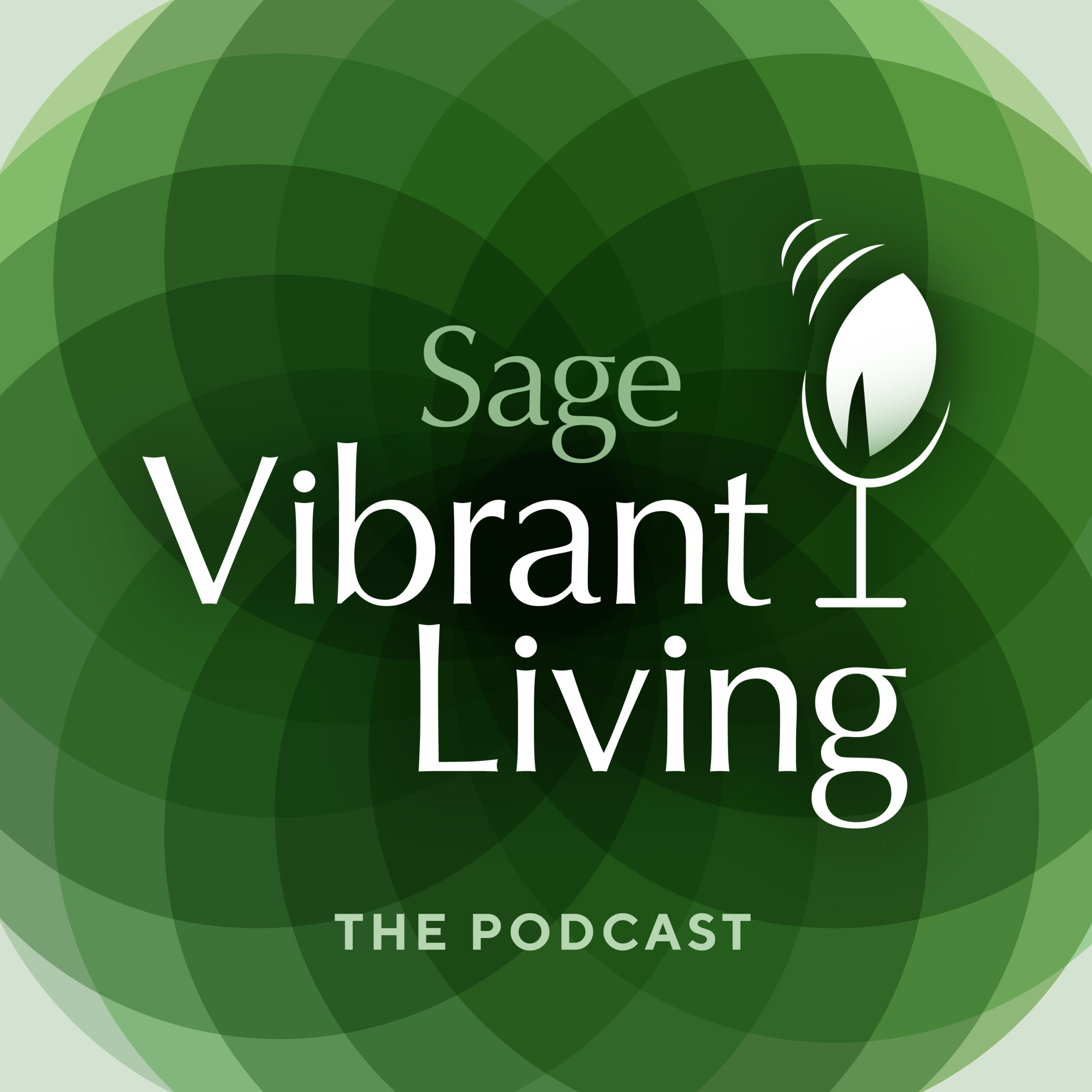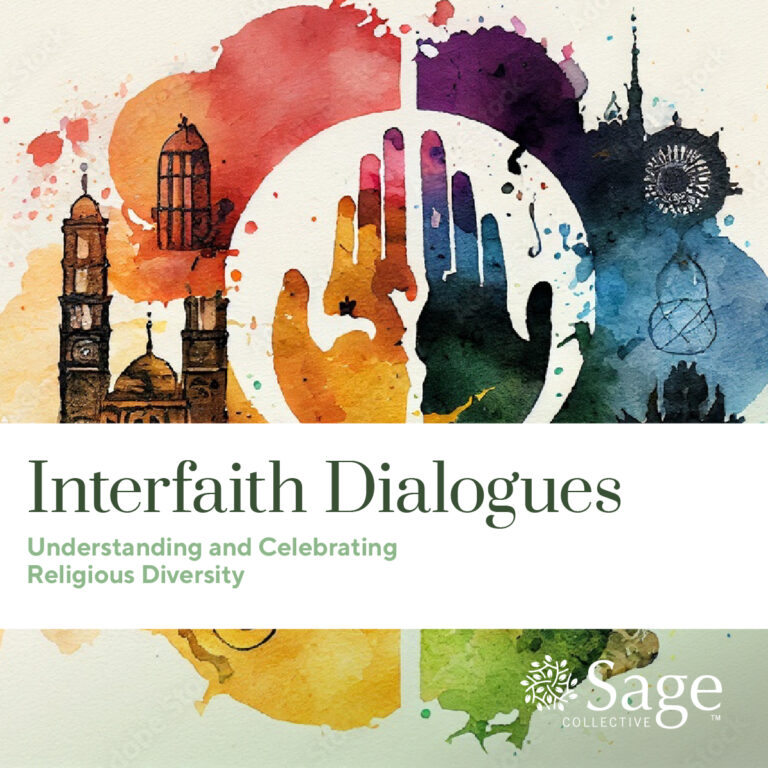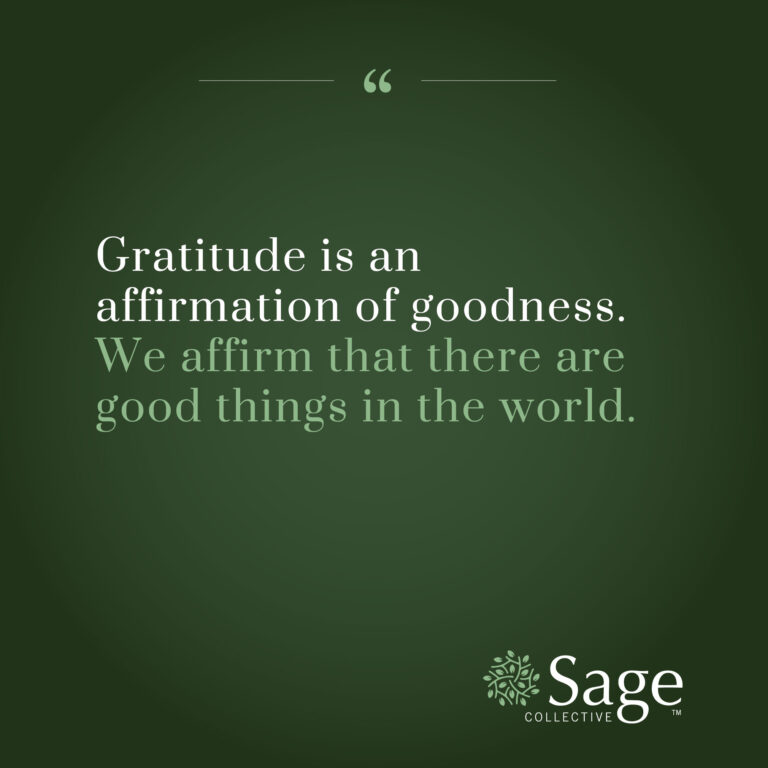Introducing Sage Vibrant Living —The Podcast: A New Chapter in Storytelling
In an ever-evolving world where connection and engagement stand as pillars of humanity, Sage Collective proudly announces the launch of an exciting endeavor: Sage Vibrant Living — The Podcast. This innovative series is more than just an addition to our platform, Sage Advice®; it is a bold step towards redefining the narrative around aging and celebrating the vibrancy of life at every stage.
Why podcasting?
At Sage, we believe in challenging the status quo and embracing innovative ideas that enrich the lives of older adults and the community at large. Podcasting offers a radical new framework where older adults are valued and engaged…where they experience a life lived vibrantly. It is a medium that transcends traditional boundaries, allowing us to connect, engage, and explore humanity’s boundless knowledge collaboratively. From how-to discussions and cultural perceptions of aging to dynamic storytelling and housing as health insights, Sage Vibrant Living — The Podcast covers a broad spectrum of topics that resonates with our mission: to promote a better quality of life for older adults and those who support them, to extend the reach of Sage, and to foster a sense of community and belonging.
Listening to inspirational voices|
Our inaugural series boasts a lineup of interviews that promises to captivate, educate, and inspire our listeners. Each guest brings a unique perspective to the table, sharing their journey, wisdom, and insights into living a life full of purpose, health, and joy.
As we embark on this journey, we invite you to join us. Whether you’re a listener, a storyteller, or a supporter, your involvement is crucial to the success of Sage Vibrant Living—The Podcast. Together, we can change the experience of growing older and celebrate a life lived vibrantly, one story at a time.
To access all the podcast episodes, simply click on the link here.










